Hundreds of Tayside and Fife addresses are deemed “too dangerous” for ambulance crews to attend without police back-up, it has been revealed.
Nearly 4,500 properties across the country are included in the Scottish Ambulance Service’s ‘red flag’ policy.
This means that due to previous violent incidents, paramedics are not permitted to enter a home or business unless police officers are present, even in the event of a medical emergency.
List of postcodes in Tayside and Fife with addresses ‘too dangerous’ for ambulance crews
A freedom of information request by justice and social affairs publication 1919 Magazine has revealed there are about 100 blacklisted addresses in Dundee alone.
There are also more than 50 addresses in each of Perth and Kinross and Angus.
However, Fife has the highest number of properties where paramedics feel they could be put in danger – with about 180 making the list.
The following postcode areas have “dangerous” addresses – the exact number is not revealed where it is fewer than five:
Dundee
- DD1 – 39 addresses
- DD2 – 16
- DD3 – 17
- DD4 – 23
- DD5 – 6
Angus
- DD7 – <5
- DD8 – 7
- DD9 – 10
- DD10 – 16
- DD11 – 18
Fife
- DD6 – <5
- KY1 – 62
- KY10 – 5
- KY11 – 18
- KY12 – 18
- KY13 – <5
- KY14 – <5
- KY15 – 5
- KY16 – <5
- KY2 – 17
- KY3 – 5
- KY4 – 7
- KY5 – <5
- KY6 – 8
- KY7 – 13
- KY8 – 19
Perth and Kinross
- PH1 – 25
- PH2 – 9
- PH3 – 11
- PH6 – <5
- PH7 – <5
- PH8 – <5
- PH10 – <5
- PH13 – <5
- PH16 – <5
‘The police are the service of last resort’
Brian Jones, vice-chair of the Scottish Police Federation, which represents officers, has warned that it may become “physically impossible” for police to attend everything.
Mr Jones said: “We fully understand why ambulance crews won’t go to places if they think they’re going to be attacked.
“But the police are the service of last resort – we have no choice in the matter.
“In the near future there will come a point when a decision will have to be made about what we can’t go to, because it will be physically impossible to go to everything.
“These incidents just show how society is changing – and it is just another thing which is placing a demand on resource policing when things are getting tighter.”
GMB Union, which represents ambulance workers, says the number of “dangerous” properties may be even higher than those included on the red-flag list.
Karen Leonard, GMB Scotland organiser, said: “These figures should shock every Scot but will not surprise a single ambulance worker.
“The number of addresses where our members are at risk is far higher than those with red-flags while many of the most dangerous individuals may have moved and are at another address entirely.
“Our members arrive for work not knowing where they will be asked to attend or what they will face when they get there.
“They deserve every possible protection up to and including police escorts.”
A spokesperson for Police Scotland said: “Should any request for assistance be received from the Scottish Ambulance Service with regard to attending addresses, we will respond as appropriate.
“We will continue to support our emergency service colleagues as required.”
A Scottish Ambulance Service spokesperson said: “Our staff should not fear for their safety when working, and these measures have been put in place to help protect them while they do their job.
“Individual addresses where previous incidents have occurred are automatically flagged to our crews, allowing staff to undertake dynamic risk assessments or if required request additional support.
“It is not correct to say that individual addresses are too dangerous or ‘no-go areas’.
“Our staff are trained in assessing risk and managing aggression so that they can make a sensible decision based on the circumstances.
“Getting to the sickest patients is always our priority.”
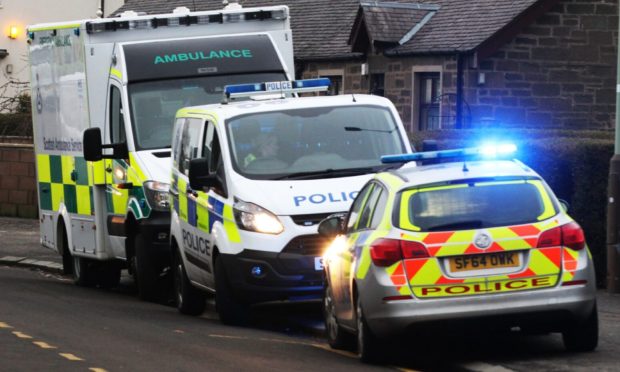
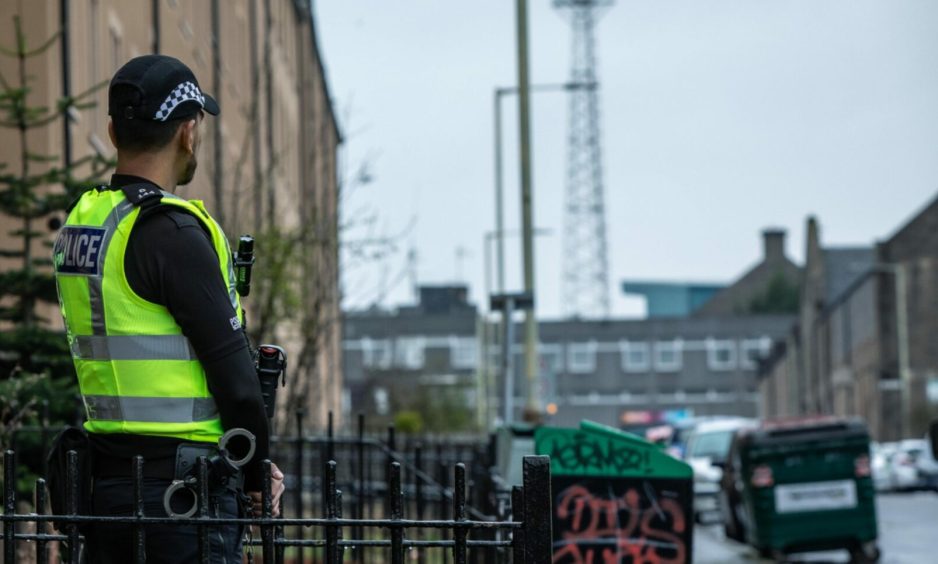
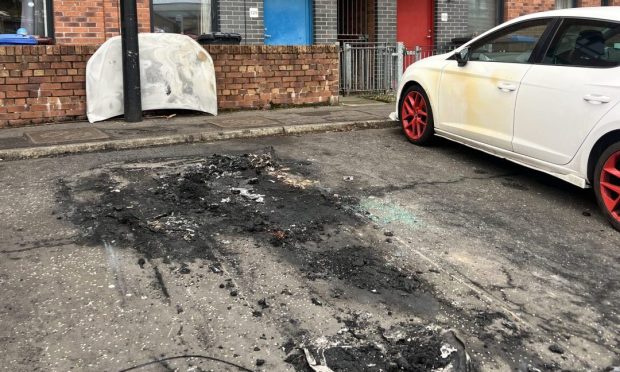
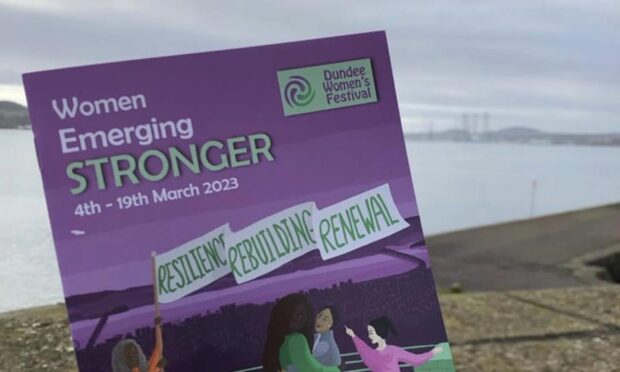
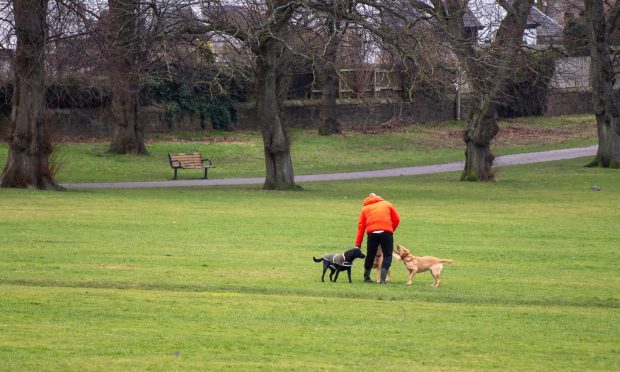
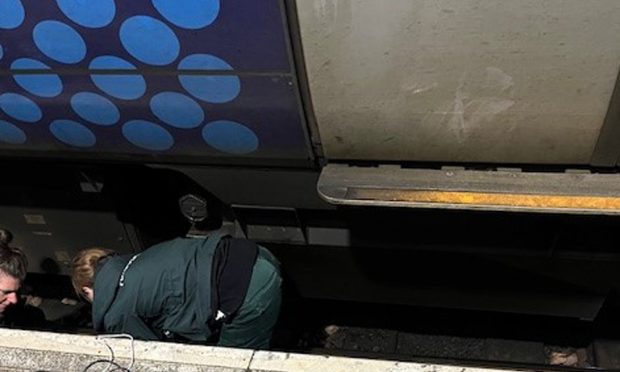
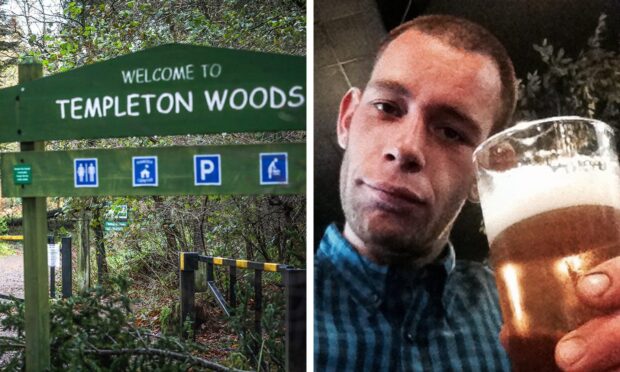
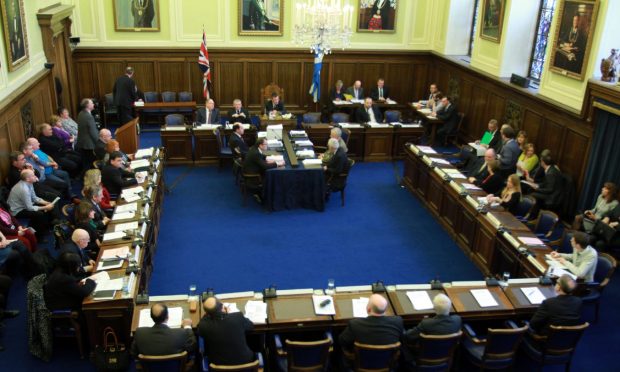
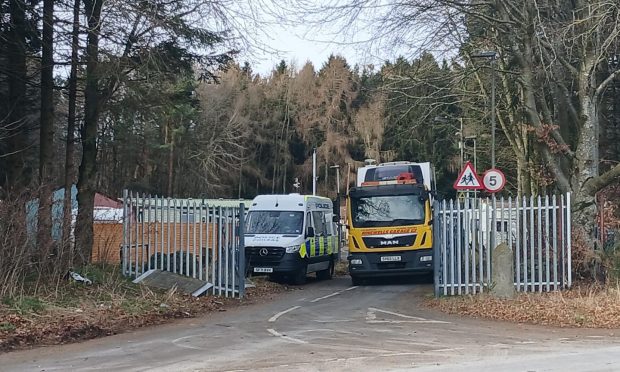
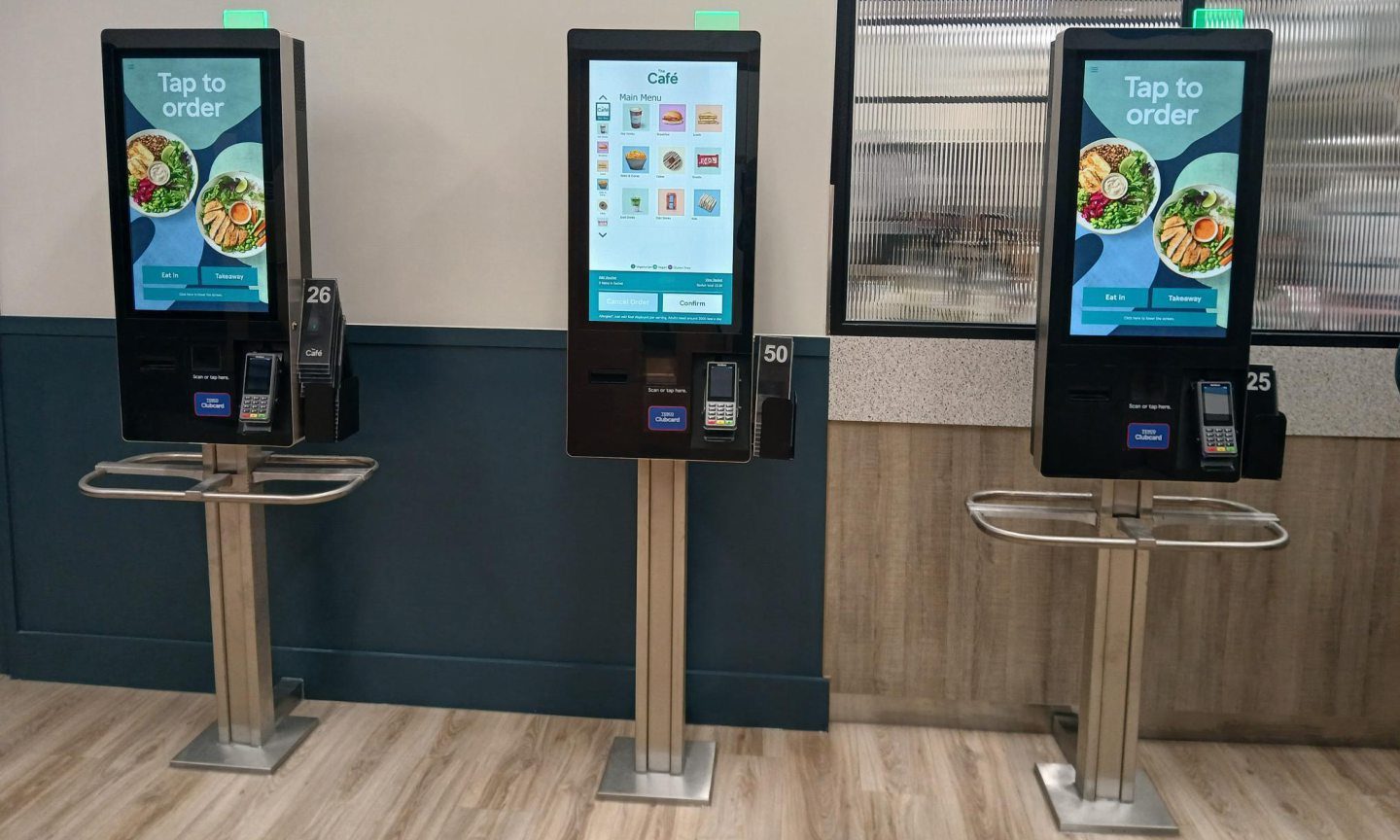
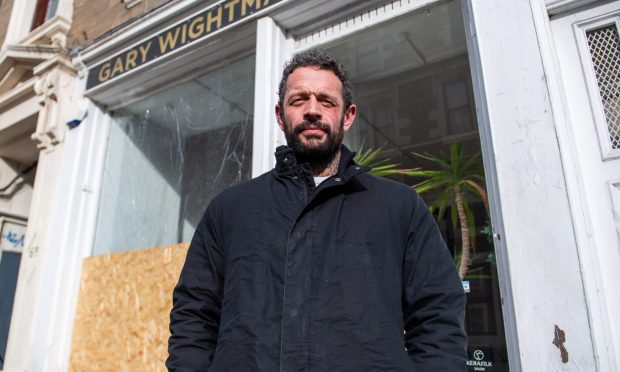
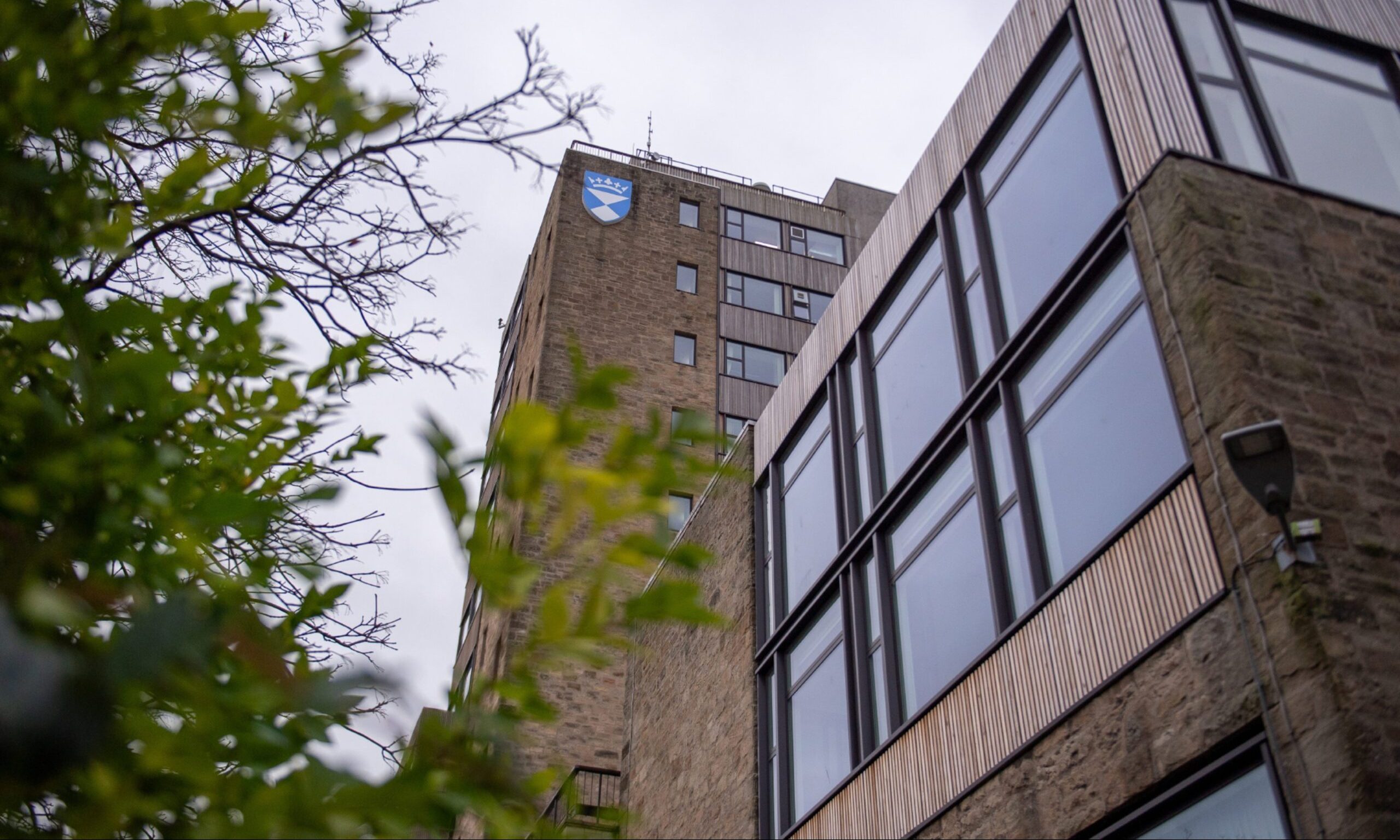
Conversation